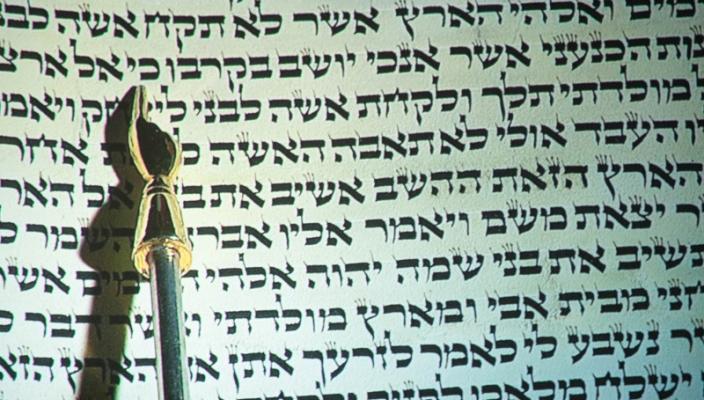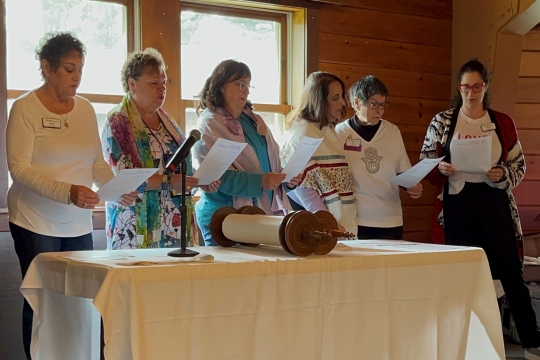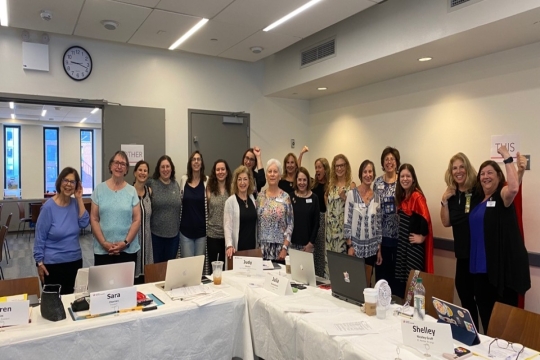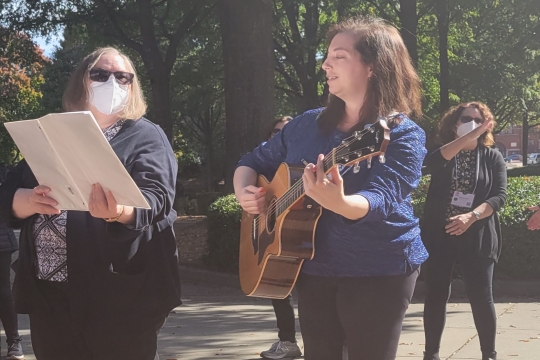
This week we begin the reading of the book of Exodus with the opening parashah Sh’mot (Names). The Torah: A Women’s Commentary titles this section: “The Birth of a Nation.” Jacob has died and his family has settled in Egypt under Joseph’s watchful eyes. Now almost 400 years later the Israelite settlement has become so large it threatens Pharaoh who tries to limit its growth without success. The story of Moses intercedes at this point in the text. We soon learn that God has called on Moses to lead the suffering Israelites out of Egypt to the land of Canaan. The section ends with Moses’ frustration that even with God’s help he has not been able to convince Pharaoh to let the Israelites go.
Crucial to the Moses narrative are the unnamed women who play pivotal roles to save Moses and the Israelites. These include the midwives Shiphrah and Puah; Moses’ mother Jochebed and sister Miriam; Pharaoh’s daughter; and Moses’ wife Zipporah.
Sh’mot begins with the listing of Jacob’s sons who came to Egypt with him. There are many lists of names in the Torah covering generations. We learn that names were very important in the psychology of the ancient Near Eastern world. According to Nahum Sarna, “the name of a man was intimately involved in the very essence of his being.”* So, we see In the Torah that the changing of names symbolizes the changing of character or destiny as illustrated in the changing of Abraham and Jacob’s names.
This wasn’t exactly what I had in mind when serving as President of the National Federation of Temple Sisterhoods (NFTS) - I recommended to the Board of Directors that we consider changing our name. I became concerned after hearing at a meeting of the Board of Governors of the Hebrew Union College-Institute of Religion the suggestion that a women’s group connected to the College be organized. Wasn’t NFTS serving that role…at least in part?
At about the same time, I had represented NFTS at the 1985 United Nations Decade for Women in Nairobi, Kenya, where there were many opportunities to introduce myself and my sponsoring organization. In doing so, I found that the name “National Federation of Temple Sisterhoods” failed to tell adequately on the international scene who we are. In addition, we heard comments here at home about the words “sisterhood’ and “temple” being out of fashion; perhaps we should consider a new name.
Eventually, we chose “Women of Reform Judaism” as more informative and more modern. At first, NFTS and Women of Reform Judaism were used together in all communications so that our sisterhoods and congregations would become familiar with the new name. Eventually, NFTS was dropped and Women of Reform Judaism became the name. I think it was a wise choice. Don’t you?
* Sarna, Nahum M., “Understanding Genesis” p. 129
Connie Kreshtool is a WRJ past president and a member of the Sisterhood of Congregation Beth Emeth, Wilmington, DE.
Related Posts

Parashat Yom Rishon shel Rosh HaShanah

Cultivating a Culture of Accountability and Belonging

